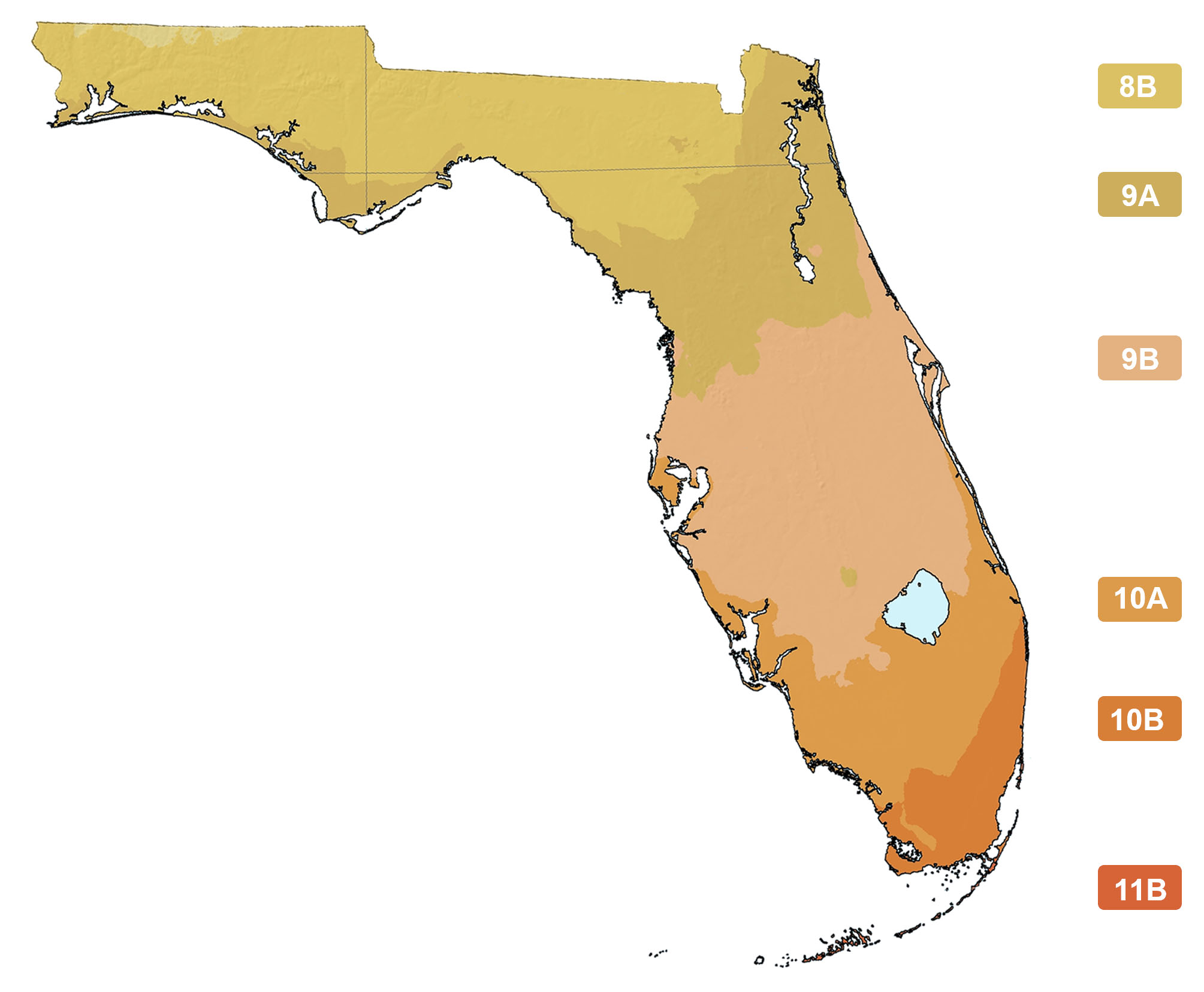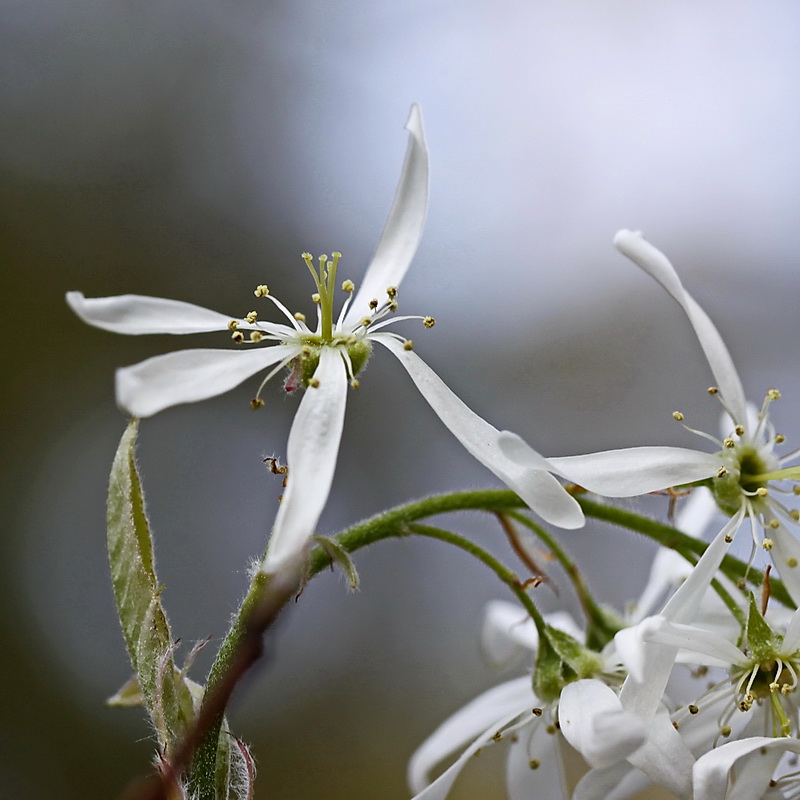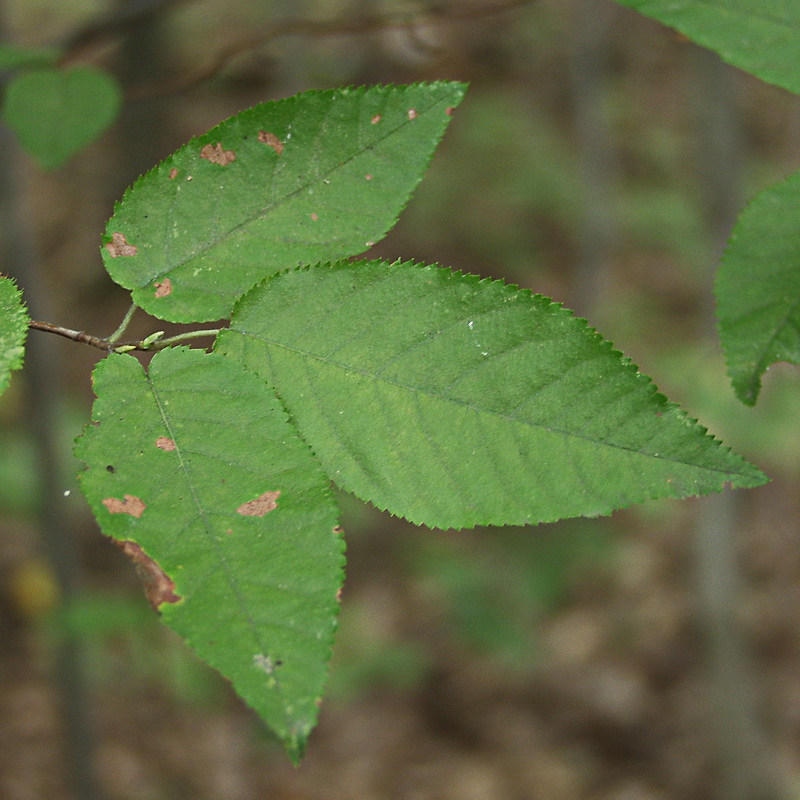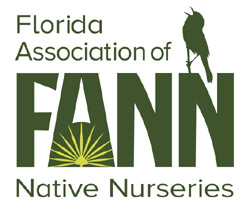Amelanchier arborea
Photographs belong to the photographers who allow use for FNPS purposes only. Please contact the photographer for all other uses.
Serviceberry, Shadbush, Juneberry
Rosaceae
Plant Specifics
| Form: | Tree | |
| Size: | 15-30 (40) ft tall by 15-20 ft wide | |
| Life Span: | Long-lived perennial | |
| Flower Color: | White | |
| Fruit Color: | Purple | |
| Phenology: | Deciduous | |
| Noted for: | Fall color, Showy flowers |
Landscaping
| Recommended Uses: | Small specimen tree or an understory tree. | ||||||||||||||||||||||||||||||||||||||||||
| Propagation: | Seed or soft wood cuttings. | ||||||||||||||||||||||||||||||||||||||||||
| Availability: | Native nurseries | ||||||||||||||||||||||||||||||||||||||||||
| Light: | Full Sun, Part Shade, Shade | ||||||||||||||||||||||||||||||||||||||||||
| Moisture Tolerance: |
always floodedextremely dry |
||||||||||||||||||||||||||||||||||||||||||
| (Usually moist, occasional inundation ----- to ----- Short very dry periods) | |||||||||||||||||||||||||||||||||||||||||||
| Moisture Tolerance: | Usually moist, occasional inundation ----- to ----- Short very dry periods | ||||||||||||||||||||||||||||||||||||||||||
| Salt Water Flooding Tolerance: | Not salt tolerant of inundation by salty or brackish water. | ||||||||||||||||||||||||||||||||||||||||||
| Salt Spray/ Salty Soil Tolerance: | Low/no tolerance of salty wind or direct salt spray | ||||||||||||||||||||||||||||||||||||||||||
| Soil or other substrate: | Clay, Loam, Sand | ||||||||||||||||||||||||||||||||||||||||||
| Soil pH: | Mildly acidic | ||||||||||||||||||||||||||||||||||||||||||
Ecology
| Wildlife: |
Small mammals and larger birds eat the berries. | |
| Insects: | The nectar and pollen of the flowers attract native Andrenid bees (Andrena spp.), Halictid bees (Halictus spp., Lasioglossum spp.) and honeybees, as well as Syrphid flies, Tachinid flies, Buprestid beetles (Acmaeodera spp.), and other insects. | |
| Native Habitats: | Dry hammocks, dry hardwood forests |
Distribution and Planting Zones
Natural Range in Florida
USDA Zones
Suitable to grow in:
8A 8B

USDA zones are based on minimum winter temperatures
Comments
| Ethnobotany: | Berries may be used for making jam or jelly. |

.jpg)



